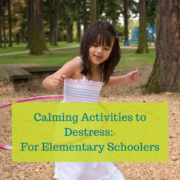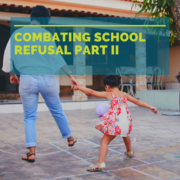Conquer the Sunday Scaries for a Stress-Free School Week
???? Banishing the Sunday Scaries: A Guide for Elementary Schoolers and Parents ????
Ah, the Sunday scaries – that feeling of dread that creeps in as the weekend winds down and the school week approaches. ???? Parents, teachers, and even little elementary schoolers aren’t immune to it. But fear not! We’ve got your back with some epic strategies to beat those Sunday scaries and kick off the school week like champions. ????
???? Get Your Game Face On: Mastering Organization
Parents, in the early years, you’re the maestros of organization. ???? Lay out those clothes, pack that lunchbox, and prep for the action-packed week ahead. Gradually, your little ones will catch on and embrace these organizational skills like superheroes in training. ????
???? Super Start: Help your mini-me check the weather and plan Monday’s outfit. Rain or shine, they’ll stride confidently into the week, ready to conquer whatever comes their way.
???? Conquer Chaos: The Power of Checklists
Picture this: a weekend checklist that battles the chaos and tames the Sunday scaries. ????♂️ Get your family together and craft a game plan for the weekend tasks. Spread the load, and voila – you’ve defeated the stress monster.
???? Wise Warrior Move: Prioritize tasks like homework and reading early on the checklist to avoid panic later.
???? Crystal Ball Gazing: The Art of Looking Ahead
Grab a cup of tea and settle in for some light Sunday night fortune-telling. ???? Peek at the week ahead and banish the fear of the unknown. Family appointments, school events, and everyone’s responsibilities – they’re all fair game.
⏰ Time Traveler’s Tip: Let your little legends take the reins. Teach them to decipher the week’s calendar and own their tasks. They’ll rock the week with newfound confidence! ????
Remember, the Sunday scaries are no match for your family’s supercharged strategies. ???? So, get organized, rule those checklists, and peek into the future – because the school week is about to get schooled! ????
Wishing you fearless Sundays and soaring school weeks, ????
#BackToSchoolBliss #SundayScariesNoMore










